The content of the article
To pasta in Russia are quite crony. They plow them into a tiny saucepan, cook for 20 minutes, then rinse for a long time with cold water from the tap. Or worse - hot. And then they wonder why there is a slimy monolithic piece on a plate, and not a loose mass.
How to cook pasta so that they do not stick together? Each hostess has her own tricks. But for some many years pasta is not cooked correctly, making mistakes over and over again.
What pasta to choose
In Soviet times, pasta was made from the worst flour. The color of the raw ones was off-white or gray. And no tricks helped. After cooking, a sticky unappetizing mass was obtained. Butter was put in it, washed with a large amount of cold water, and fried in vegetable oil. And still it was a slippery gray block. And besides, the nasty not only outwardly, but also on the taste of this mess little resembled good pasta.
Proper pasta should have a light golden, cream or yellow hue. Such a product is difficult to spoil, but it is possible. If you try hard. There are recommendations to look for the phrase about durum wheat on the packaging. You can write anything you want. Focus on color.
Not everyone has the opportunity to bring real Italian pasta to the table. But even among Russian manufacturers there are quite normal ones that make good raw materials for our dishes.
How much water is needed for cooking pasta
If desired, you can also cook 500 g in a standard 3-liter kettle. Yes, and with dumplings. You can find out the recipe from any average Russian student. They like a great many.
Some recipes recommend lubricating the walls of the dishes with any oil. And only then pour water. This is so that the pasta does not stick together. Immediately obvious, physics was not taught. Oil is lighter than water. Is always. It just floats to the surface. So why the extra movement? It will be easier to pour a little oil directly into the pan.
How much time to cook pasta
Recommended again to look at the packaging. The manufacturer knows for sure. And here is a trick. You have to try pasta. Not with your fingers, as some sources suggest. Well, you crush her and what should you feel? And not by sticking to a plate. Even undercooked dough will stick if it is smelled to the surface from the heart. You have to try it with your mouth.
It's simple: catch a couple of things, blow and try. Only here we do not need a foreign aldenta. Everyone's teeth are different, taste preferences too. Check the readiness of their feelings. The pasta is soft on the outside, and still hard inside - they will have to boil for a few more minutes. The dough is spreading in the mouth before reaching the teeth - it's too late to rush about, digested, you won’t save it. Macaroni is pleasantly springy, hardness is gone, elastic - soon turn off the fire, now is the perfect moment.
You need to start trying the dough in 2-3 minutes from the recommended time on the package. At least some benefit from her. Let's say 10 minutes is written. So after 7 minutes from the start of cooking you can taste it. Suddenly it's time to merge?
Do I need to wash the pasta
If you cook 100 g at a time, then optional. You eat them right away. But when a party is being prepared at the same time “so that tomorrow remains,” you will have to rinse. Even super-Italian products can stick together if they are not consumed immediately.
Just do not need a five-minute rinse with hot water! It is enough to throw in a colander and quickly pour cold. Pour once, not open the tap and keep the colander under the stream. That is, a bowl of cold water should be ready. They splashed, mixed, allowed to drain.
Why is pasta washed with cold water? Because you need to stop the cooking process. After all, after reclining into a colander, it still continues. A quick rinse with cold water stops this process, while allowing the dough to stay hot.
Do I need to break spaghetti
Remember your childhood. Spaghetti was never cooked whole. They were always broken into smaller pieces. And what a pleasure it was to drag out pasta from under my mother’s hand and gnaw it raw!
With the advent of Italian recipes in Russian cuisine, the situation has changed radically. Now it’s fashionable to cook whole spaghetti. Yes please! Do as you feel comfortable.
Of course, long spaghetti look beautiful when serving dishes. But only if you offer this kind of food to a child ... who still does not quite masterfully own a fork ... Be prepared to find pasta anywhere. On the table, floor, ears, hair, in the hands. But not in the mouth. Do not buckle and break.
It happens that your man does not recognize the fork as a tool for eating. Sometimes it happens. Here try to give him whole spaghetti. Let's see what happens when he plays enough with a spoon. No assurances that they eat this way in Italy will save you from the righteous anger of the other half.
So just act on the situation.
How much salt is needed and when to put it
The recommended dose is 1 tbsp. l without top on 3 l of water. They put it only after boiling. Here again we recall the school physics course. Salt water will boil much longer than fresh. But if you take your time, you can put it right in the cold.
Some generally replace salt with broth cubes. This is quite acceptable if pasta is prepared for savory dishes. Because a sweet casserole with a taste of seasonings and the aroma of mushrooms or meat is quite an amateur.
Classic recipe
Get ready for the constant presence at the pan for the whole time of cooking pasta. Because you just have to turn away and they strive to either run away, then stick to the bottom, then stick together. Do not be afraid. Do it once and you will already know what and how.
It will be required:
- saucepan, spoon, colander
- water 1 l
- pasta 100 g
- table salt 1 tbsp. l
- vegetable oil 2 tbsp. l
- bowl of cold water 1 l
Sequencing. Pour water into a saucepan, put on a strong fire. Bring to a boil and let boil for 1-2 minutes. This will allow unpleasant odors to come out of it if tap water was used. Then add salt and oil, stir. Pour pasta and begin to stir with a spoon.
Do this until the dough stops sticking to the vessel. Usually enough 2 minutes. During this time, usually boiling water resumes. The fire is removed to a minimum, periodically glancing in a saucepan. If foam appears, it must be removed. During cooking, mix the contents of the container again.
After 5-7 minutes you can try the dough. How to do this is written above. Ready to taste the pasta? Turn off the fire, pour into a colander along with water. Pour cold from a bowl, mix to excess glass and serve to the table.
Some recommendations
- If you are going to cook vermicelli, then its cooking time is no more than 4 minutes.
- Never cover the pasta pan. Foam runs away from them faster than milk. Do not hear, you will also wash the stove.
- Often pasta behaves perfectly during cooking, and after it stick together. Stir them often, already in a saucepan until completely cooled. About 1 time in 15 minutes. Then they will not stick together.
- Some recipes say that you only need to eat freshly cooked pasta. Ostensibly, the next day, when reheated, they lose their taste. Nonsense. The whole country at least once in my life ate pasta. No one was sick of the "loss of taste." Or serve your child freshly brewed with sugar instead of yesterday's, fried to a crispy golden crust. What will he tell you?
- No matter how correctly pasta was cooked, when it cools, they will still stick together. To prevent this from happening, immediately after cooking add a little oil to them. Melted creamy or vegetable, not important. And mix. After 15 minutes, stir them again directly in a saucepan. And then half an hour later again. So even after cooling, they will remain friable.
How to cook pasta so that they do not stick together? Follow recommendations, try for readiness and mix more often. Then even pasta from the worst flour will not turn into one big piece of cooked dough.
Video: how to cook pasta in a pan

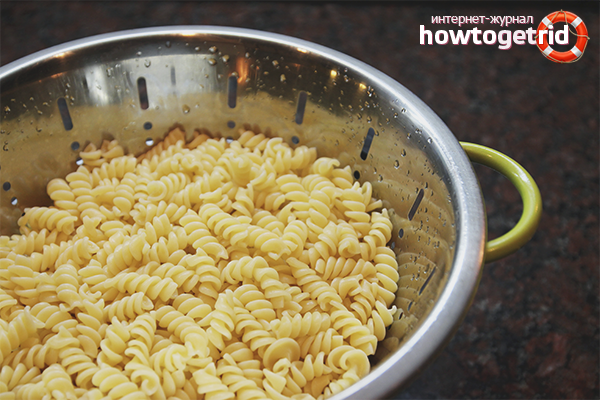
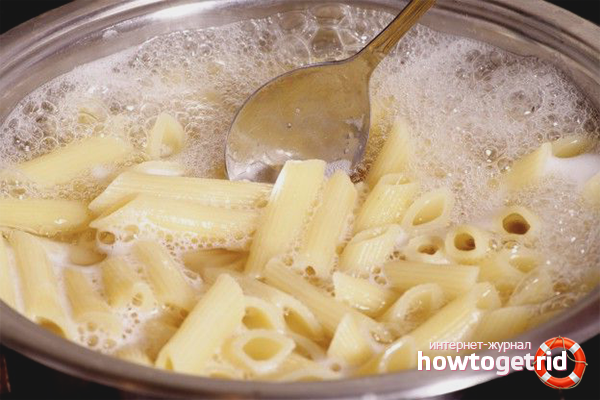
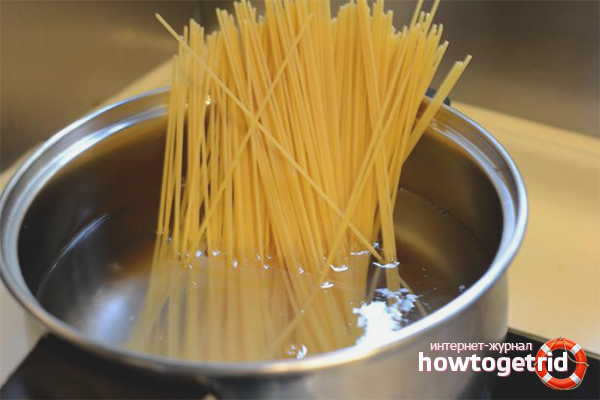
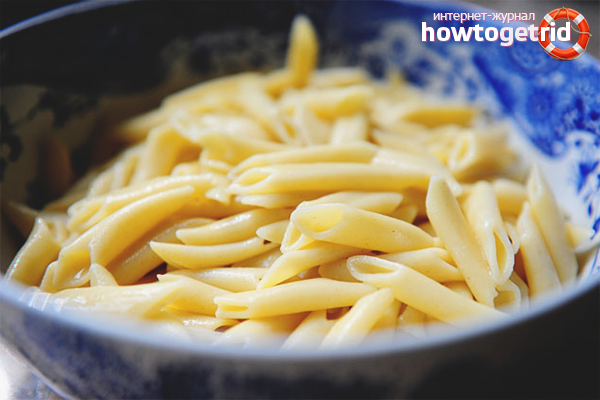
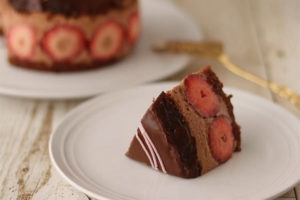
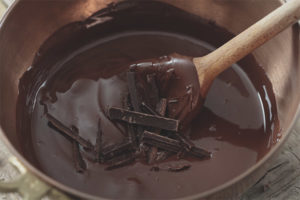
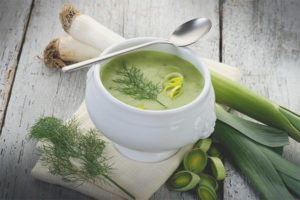
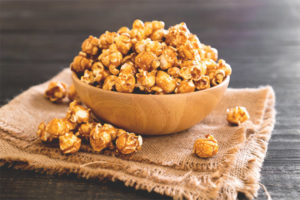
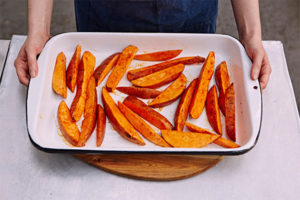
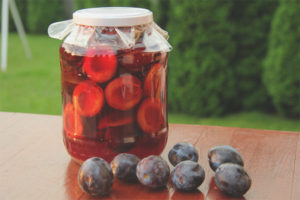
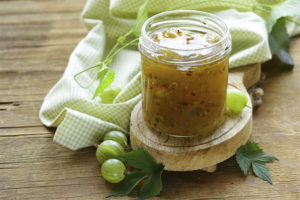

Submit